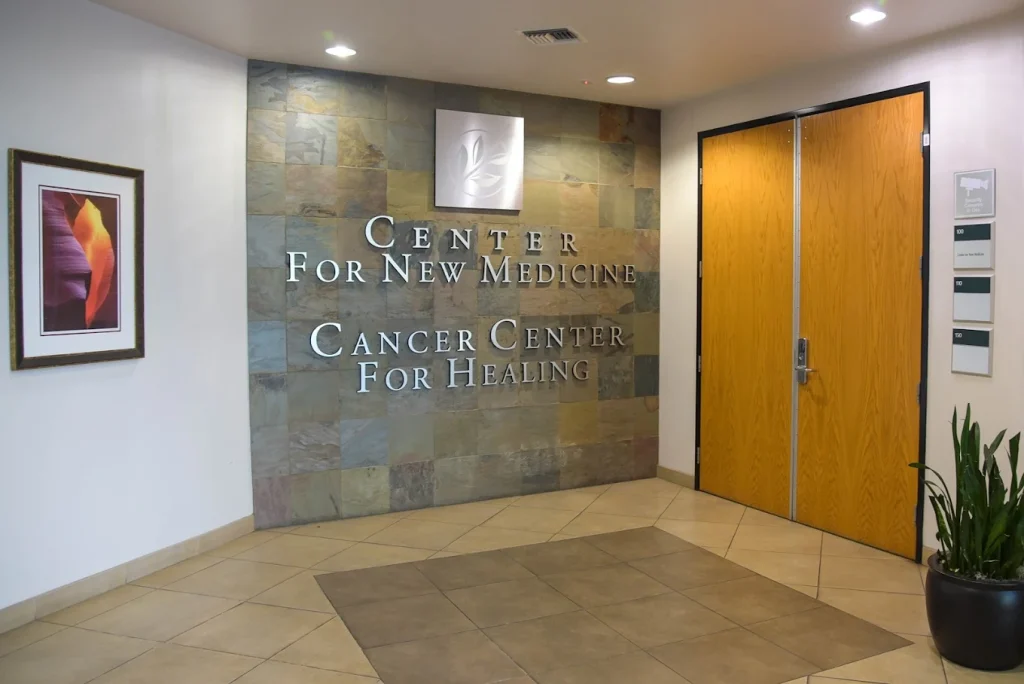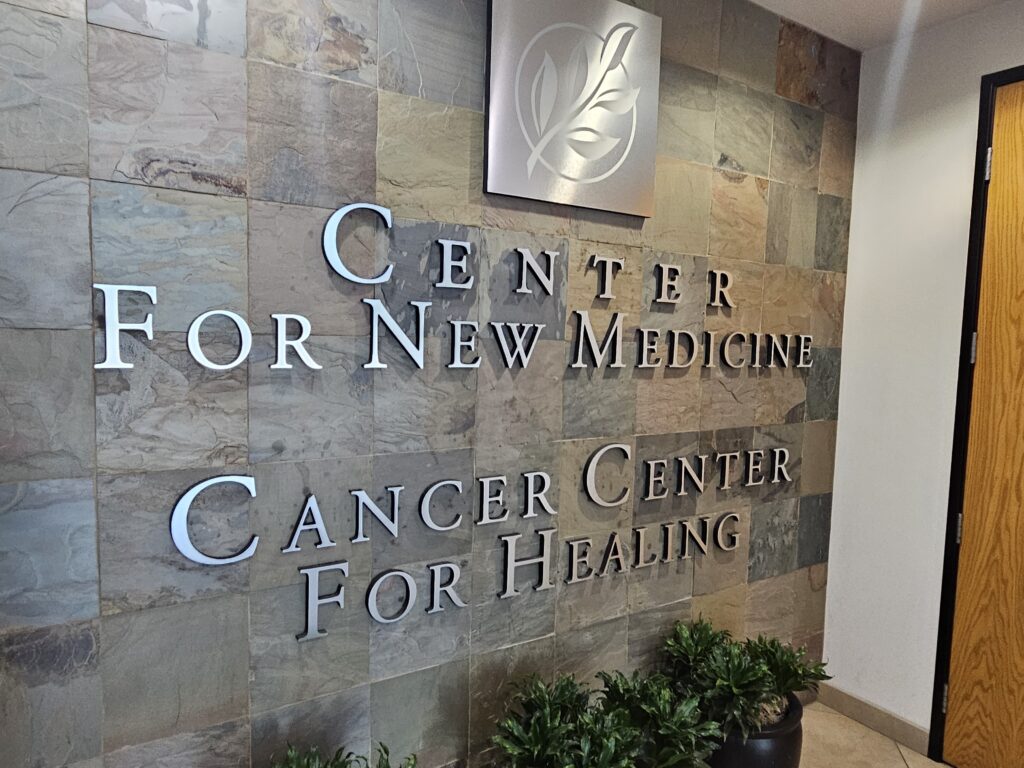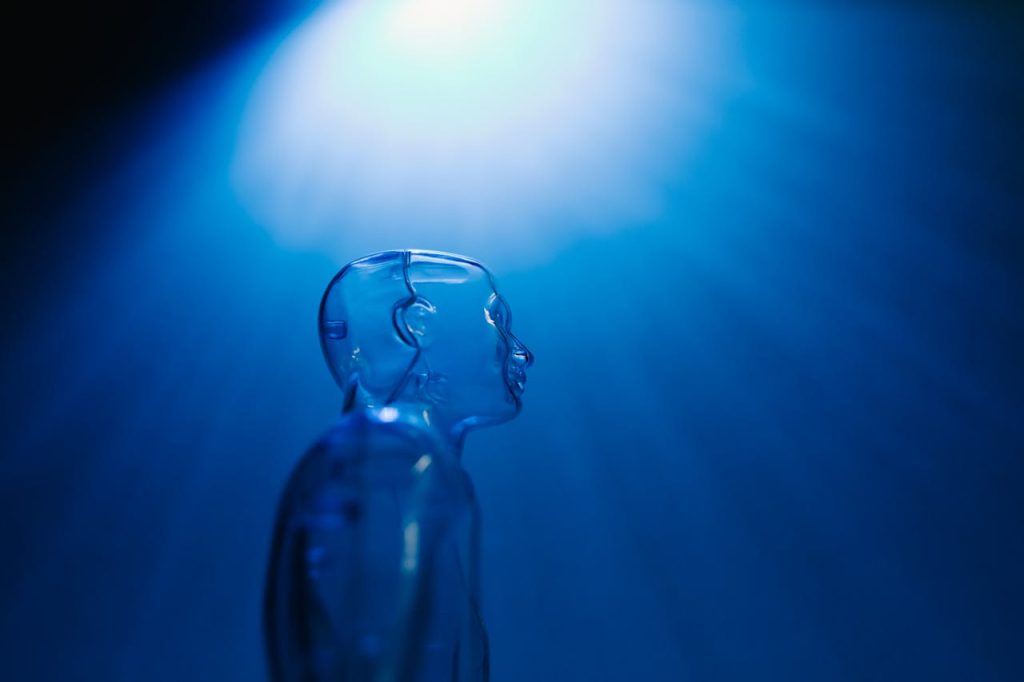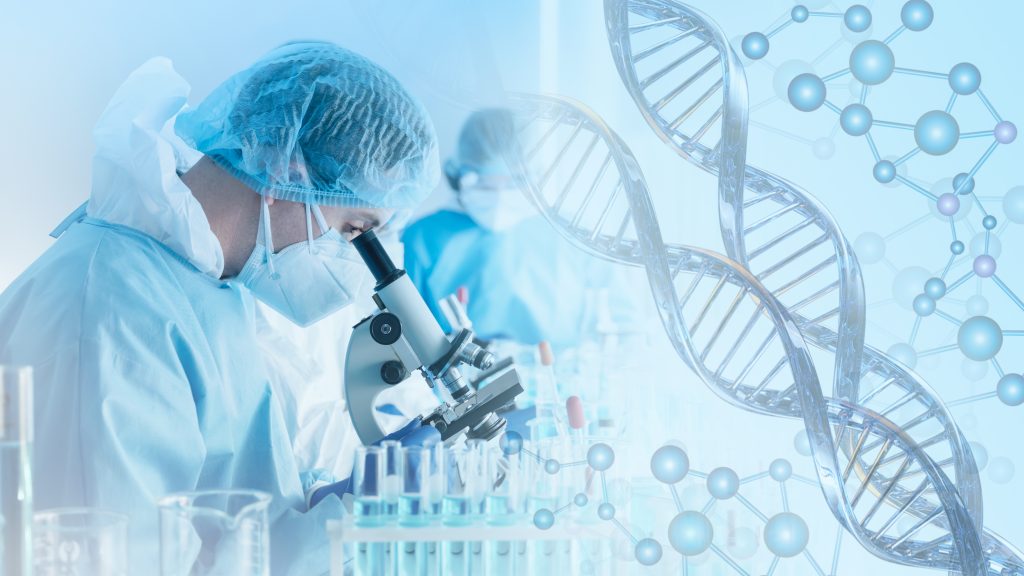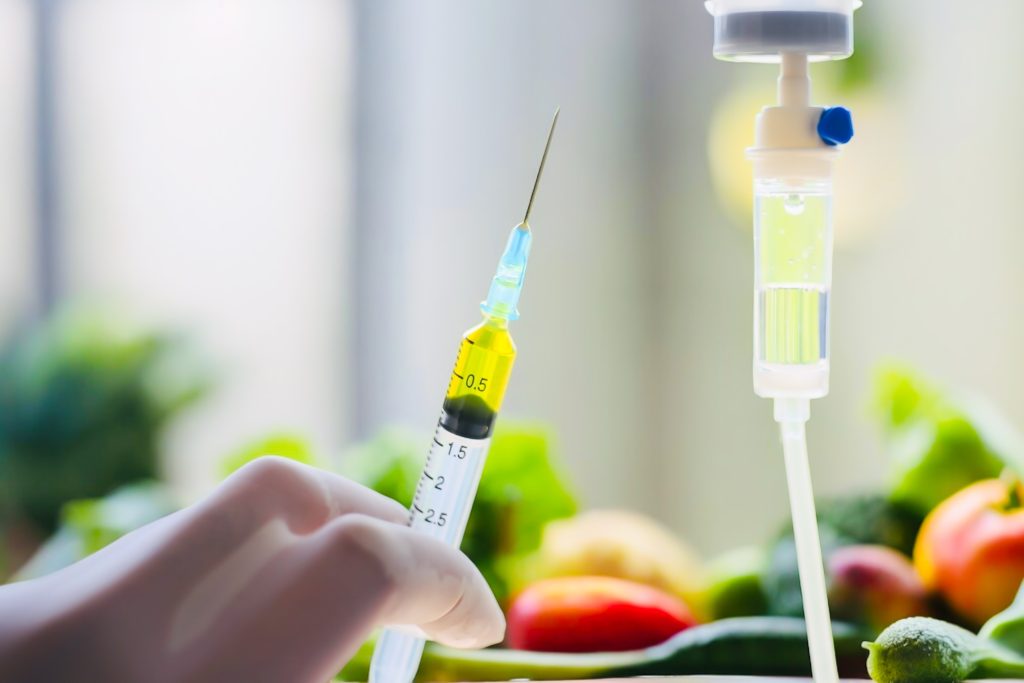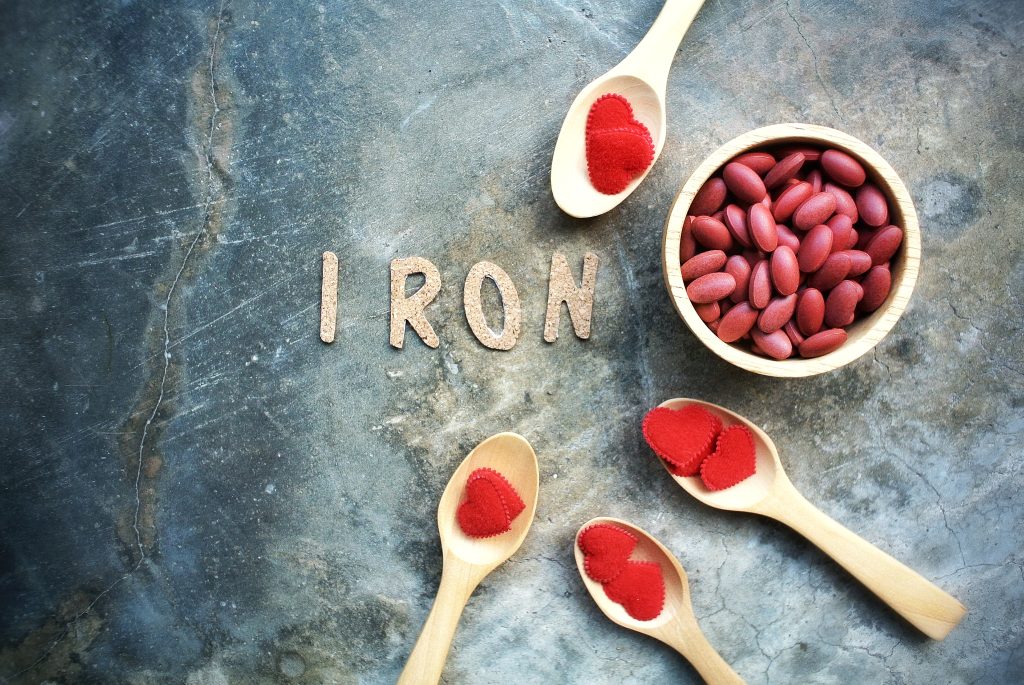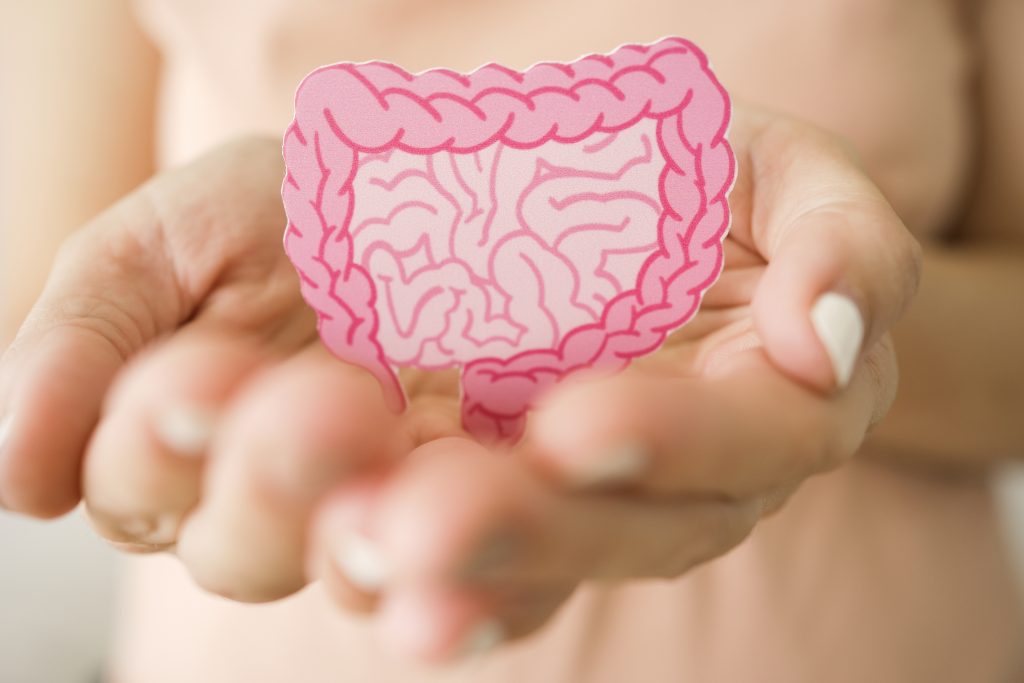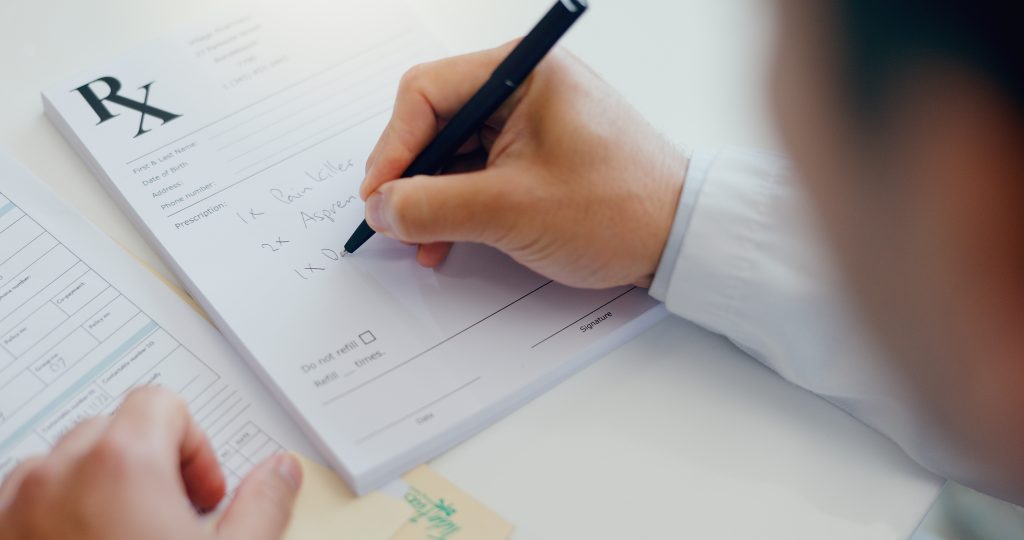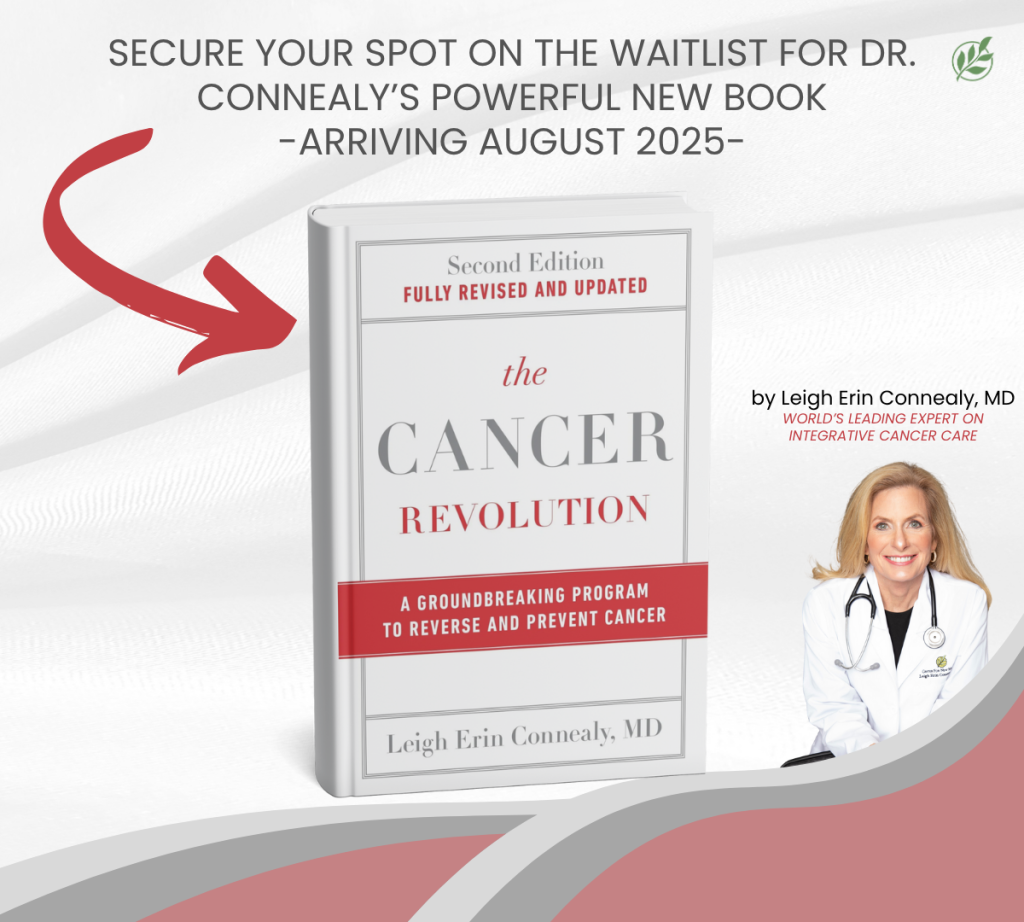At the Cancer Center for Healing in Irvine, CA, we believe that patients deserve clear, compassionate, and comprehensive information about all of their treatment options. One option that is increasingly discussed is low-dose chemotherapy. While this approach can offer meaningful benefits in tolerability and quality of life, it is important to understand the potential risks, the unique profile of low-dose chemotherapy side effects, and how these differ from traditional chemotherapy. This article will explore those differences in detail and help you feel more confident in discussing options with your care team.
What Is Low-Dose Chemotherapy?
Low-dose chemotherapy, sometimes referred to as metronomic chemotherapy, involves administering smaller amounts of chemotherapeutic drugs more frequently, or continuously, instead of giving large doses at wider intervals. The goal is to keep consistent pressure on cancer cells while minimizing damage to healthy tissues.
This method can be particularly useful for patients who are sensitive to full-strength chemotherapy or who want to preserve a higher quality of life during treatment. It does not eliminate all side effects, but it can help reduce their intensity and duration.
Common Side Effects of Low-Dose Chemotherapy
As with all cancer treatments, low-dose chemotherapy side effects are real and important to monitor. Patients may still experience fatigue, digestive issues, mild nausea, or changes in appetite. Some individuals report mouth sores or mild hair thinning. Others may experience changes in skin texture or sensitivity.
Blood counts can also be affected, leading to anemia or lowered immunity, though the risks are generally reduced compared with full chemotherapy. Neuropathy, such as tingling or numbness in the hands and feet, may also develop, but it typically progresses more gradually.
The important takeaway is that chemo side effects do not disappear under a low-dose regimen—they simply tend to be more manageable.
Comparing It with Full Chemotherapy
When comparing low-dose chemotherapy side effects with those seen in standard chemotherapy, several distinctions stand out. Traditional full-dose regimens are associated with more intense fatigue, stronger nausea, and often significant hair loss. Because the drug amounts are higher, the damage to rapidly dividing healthy cells—such as those in the gut lining, hair follicles, and bone marrow—is greater. This means patients may need longer recovery times between treatments and may face a higher risk of infections or severe complications.
In contrast, low-dose chemotherapy tends to produce milder versions of these effects. For example, instead of total hair loss, patients might notice thinning. Instead of being bedridden from exhaustion, many patients describe their fatigue as present but tolerable. Side effects that would normally require hospitalization, such as dangerously low blood counts, are often less severe and easier to manage on an outpatient basis.
Impact on Quality of Life
One of the most compelling reasons patients and doctors consider low-dose chemotherapy is the effect on day-to-day living. Because low-dose chemotherapy side effects are typically less severe, patients can often maintain more of their normal routines. This might mean continuing with light exercise, spending meaningful time with loved ones, or pursuing hobbies without being entirely sidelined by treatment.
Quality of life is a crucial factor in cancer care. Treatments are not only about shrinking tumors but also about supporting the whole person through the process. Low-dose approaches may allow patients to focus on healing without feeling constantly overwhelmed by debilitating side effects.
Risks and Trade-Offs
It is important to be honest about the trade-offs. While low-dose chemotherapy side effects are generally milder, there can be differences in how effective the treatment is depending on the type and stage of cancer. Some cancers may respond very well to this approach, while others may require stronger full-dose regimens to achieve remission.
Additionally, side effects can still build up over time. Even if the fatigue, digestive upset, or low blood counts are initially mild, they may become more noticeable as the treatment continues. Patients and doctors must work together to monitor these changes closely and make adjustments as needed.
Managing Side Effects
No matter the dose, side effect management is key. Strategies to support patients undergoing low-dose chemotherapy include anti-nausea medications, nutritional guidance, hydration support, and stress-reducing practices. Gentle physical activity and adequate rest can also make a meaningful difference.
Because low-dose chemotherapy side effects are less disruptive, patients often find that these supportive measures work more effectively than they would with full-dose chemotherapy. This is an important distinction, as it can mean fewer interruptions in treatment and a smoother overall experience.
Who Might Benefit Most?
Low-dose chemotherapy is often considered for patients who may be more vulnerable to the toxicities of standard chemotherapy. Older adults, individuals with other health conditions, or patients prioritizing quality of life may find this approach appealing. It can also be an option for those who have experienced severe side effects from previous treatments and want a gentler regimen moving forward.
That said, every cancer and every patient is unique. The decision should always be made in consultation with an experienced oncology team that can weigh the benefits against the risks.
Get Started Today
At the Cancer Center for Healing, we are committed to guiding patients through every step of their journey with compassion and clarity. Understanding low-dose chemotherapy side effects helps patients prepare for what to expect, manage challenges effectively, and make informed decisions. Compared with full-dose chemotherapy, this approach may offer a gentler path with fewer disruptions to daily life, though it is not without risks and limitations.
To learn more about whether this option may be right for you or your loved one, please visit our overview page: Low-Dose Chemotherapy Overview.


